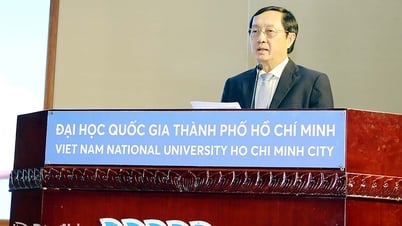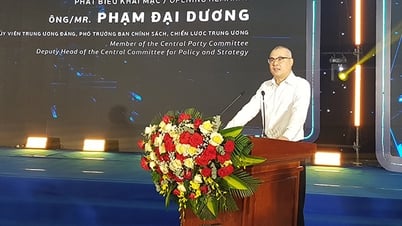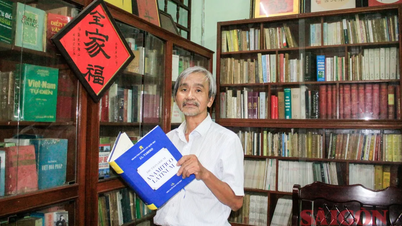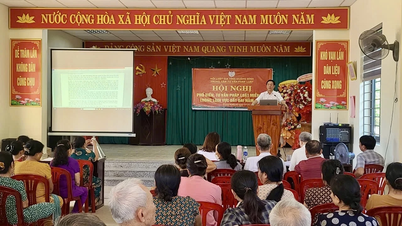The Law consists of 73 articles and will take effect from October 1, 2025. The promulgation of this Law is expected to create a major revolutionary shift in the field of science, technology and innovation in Vietnam.
The Law on Science , Technology and Innovation is built on the viewpoint of fully institutionalizing the policies of the Party and State, identifying science, technology and innovation and national digital transformation as the top important breakthroughs, the main driving force to rapidly develop modern productive forces and bring the country to breakthrough development.
Set up a "controlled testing" (sandbox) mechanism
This is a new legal instrument that allows the implementation of new models, technologies or policies within a limited time frame and scope.
This mechanism enables high-tech innovations such as artificial intelligence, blockchain, health technology and digital education to operate in a safe legal environment before widespread adoption.

The Law on Science, Technology and Innovation was passed with high approval.
At the same time, the Law also provides for the first time a policy to encourage risky research through controlled testing mechanisms, risk-sharing policies, venture capital and other specific financial mechanisms.
The law clearly demonstrates the principle of protecting scientists and host organizations when they follow the correct procedures and legal regulations, even when the results are not as expected. This contributes to fostering a spirit of dedication, creativity and willingness to experiment.
In particular, organizations and individuals performing tasks that fully comply with the process and do not commit fraud, violate the law or misuse the objectives or scope of funds will be exempted from administrative and civil liability for causing damage to the State and will not have to repay the funds if the results do not meet the objectives.
The Law also stipulates the exclusion of criminal liability for risks occurring in the process of research, testing, and application of scientific, technical and technological advances.
Removing bottlenecks related to the mechanism
The law strongly shifts from a pre-audit model to a post-audit model, focusing on process transparency, outcome assessment and risk management rather than deep intervention in initial activities. This approach is consistent with the flexible and continuous experimental characteristics of the S&T and innovation sector.
The Law establishes a legal basis to promote commercialization of research results and protect forms of technology transfer.

The Law on Science, Technology and Innovation is expected to help Vietnam accelerate its development.
In particular, the law has removed a years-long bottleneck related to the ownership mechanism of research results using the state budget.
Accordingly, the host organization is automatically granted ownership or the right to use the research results without having to ask permission from the superior agency. Scientists are allowed to receive direct economic benefits from intellectual products.
The Law on Science, Technology and Innovation is not only a legal document but also a manifesto for development through knowledge. With a creative spirit, the Law opens up new institutional space, promotes social innovation, encourages research commercialization, effective decentralization and links research with the market.
This is a fundamental law that helps Vietnam accelerate, compete with intellectual quality, improve capacity and firmly step on the path of global integration. These changes show that Vietnam is ready to approach global trends in innovation.
Source: https://dantri.com.vn/cong-nghe/luat-khoa-hoc-cong-nghe-va-doi-moi-sang-tao-duoc-thong-qua-20250627133912989.htm




































































































Comment (0)